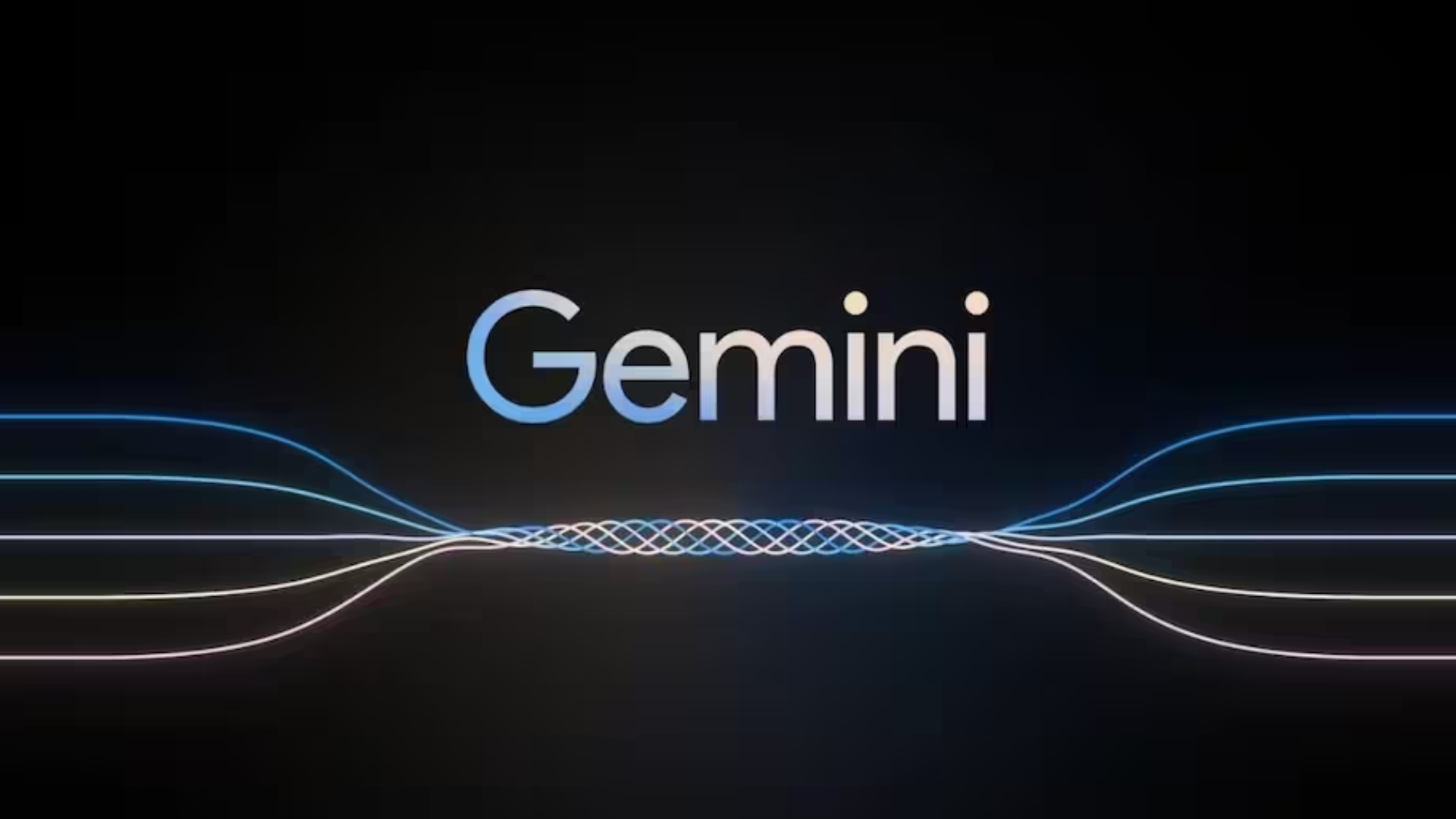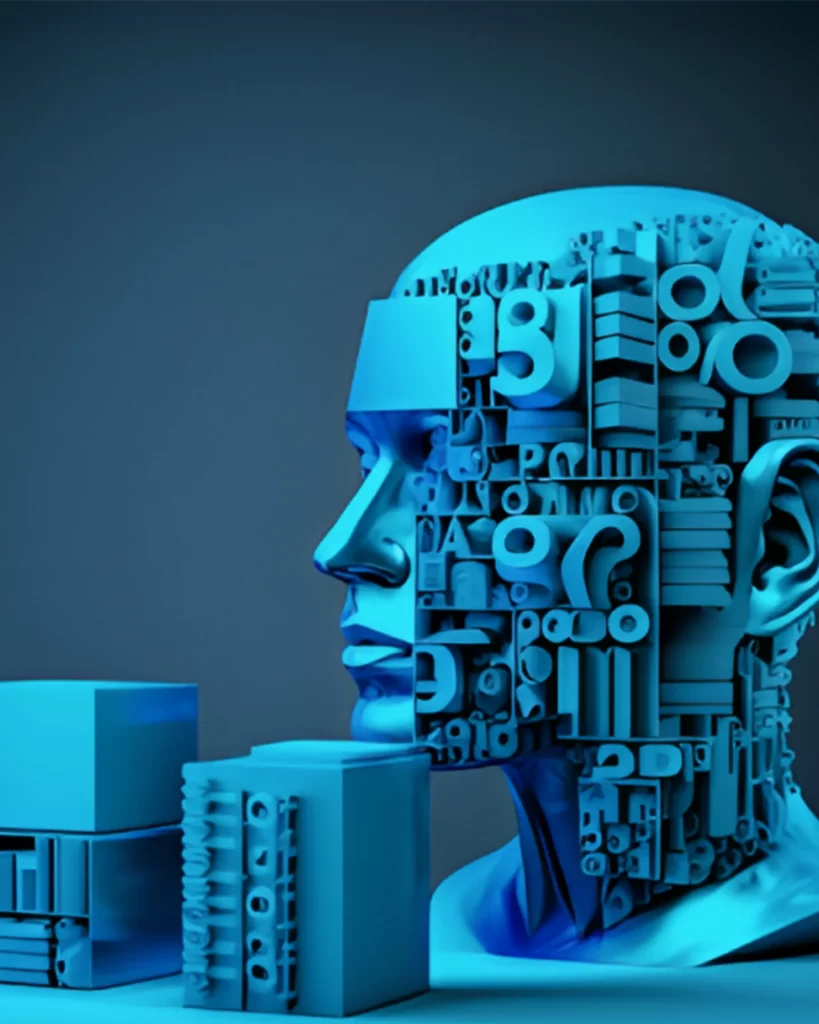Cricket, often celebrated for its unpredictability and strategic nuances, has undergone a remarkable transformation in recent years, propelled by the integration of Artificial Intelligence (AI) technology. This marriage of technology and sport not only enriches the viewing experience for fans but also plays a pivotal role in shaping the outcomes of matches. In this comprehensive exploration, we delve into the profound impacts of AI on cricket, examining how it influences decision-making, player performance, and the overall strategies that define the game.
Performance Analysis and Predictive Modeling:
AI algorithms have revolutionized the landscape of performance analysis in cricket. Teams now leverage these advanced systems to dissect player performance intricacies, ranging from batting techniques to bowling strategies. AI processes massive datasets in real-time, offering comprehensive insights into player strengths and weaknesses. This wealth of information empowers teams to craft tailored game plans designed to exploit the vulnerabilities of their opponents.
Predictive modeling, another facet of AI’s contribution, enables teams to anticipate potential outcomes based on historical data, player form, and situational factors. This foresight allows teams to make informed decisions on critical aspects such as team composition, batting orders, and field placements. The marriage of AI and cricket strategy is reshaping the way teams approach the game, injecting a new level of data-driven precision.
Injury Prevention and Player Fitness:
The physically demanding nature of cricket makes player fitness a top priority. AI has become an indispensable tool in monitoring and managing player fitness levels, contributing significantly to injury prevention. Wearable technology integrated with AI algorithms tracks players’ movements, workload, and overall physical condition. The resulting data is meticulously analyzed to identify patterns that may indicate fatigue or injury risk.
By leveraging AI to predict potential injuries, teams can implement targeted training regimens and rest periods, ensuring players are in optimal condition for crucial matches. This proactive approach not only enhances player performance but also contributes to extending the longevity of their careers. In an era where player fitness is synonymous with success, AI emerges as a key ally in maintaining peak physical conditions across a grueling cricket calendar.
Decision Review System (DRS):
One of the most visible and impactful manifestations of AI in cricket is the Decision Review System (DRS). This technology employs ball-tracking and edge-detection systems to assist umpires in making accurate decisions regarding dismissals, especially in cases of contentious lbw (leg before wicket) decisions and caught-behind appeals.
The DRS has introduced a layer of fairness and accuracy to the game, minimizing the impact of human error on match outcomes. While controversies persist, acknowledging the DRS’s overall contribution to fair play and reduced umpiring errors is paramount. This intersection of AI and officiating has become an integral part of the modern cricketing landscape.
Fan Engagement and Data Visualization:
AI’s influence extends beyond the boundaries and into the realm of fan engagement. Advanced data visualization tools, driven by AI algorithms, deliver real-time statistics, player insights, and captivating visuals during broadcasts. These tools not only enhance the viewing experience but also deepen fans’ understanding of the game.
Virtual and augmented reality applications, powered by AI, take fan engagement to unprecedented levels. These applications immerse fans in the game, offering interactive and dynamic viewing experiences. Furthermore, AI-driven chatbots and virtual assistants enable fans to access personalized content, statistics, and match updates, fostering a deeper connection between the game and its audience. AI acts as a bridge, connecting fans with the sport in innovative and immersive ways.
Conclusion:
The integration of AI technology in cricket marks a paradigm shift in the sport’s landscape. From refining performance analysis to revolutionizing injury prevention, from reshaping decision-making through DRS to elevating fan engagement, AI’s influence is multifaceted and transformative. As cricket continues its evolutionary journey, the symbiotic relationship between technology and the sport will undoubtedly become more pronounced.
The limitless possibilities that AI brings to the world of sports underscore a future where data-driven insights, predictive modeling, and technological innovations seamlessly intertwine with the rich traditions of cricket. This synergistic harmony not only propels the sport to new heights but also serves as a testament to the boundless potential of AI in shaping the dynamics of sports in the 21st century. As cricket embraces the digital era, AI emerges as a key player, reshaping the game and captivating a global audience with its fusion of tradition and technology.









